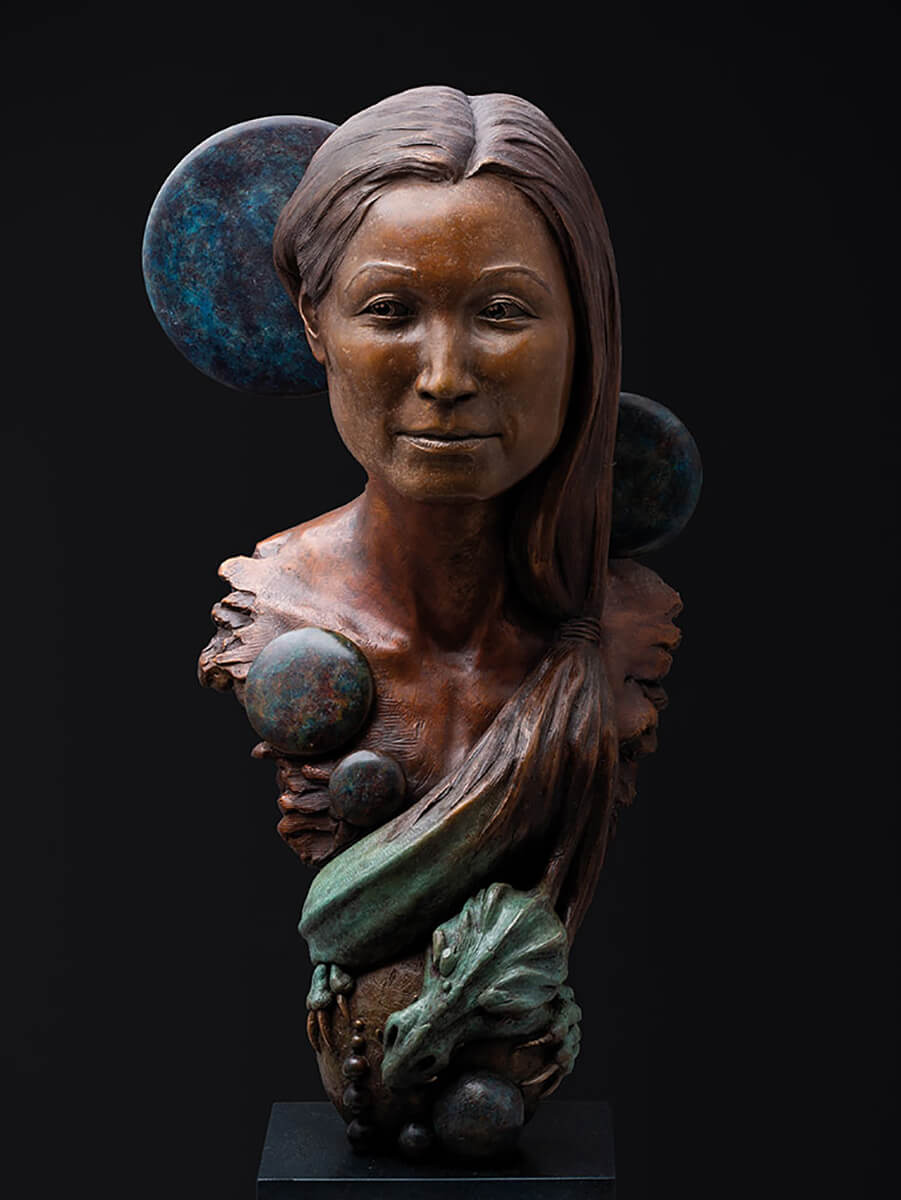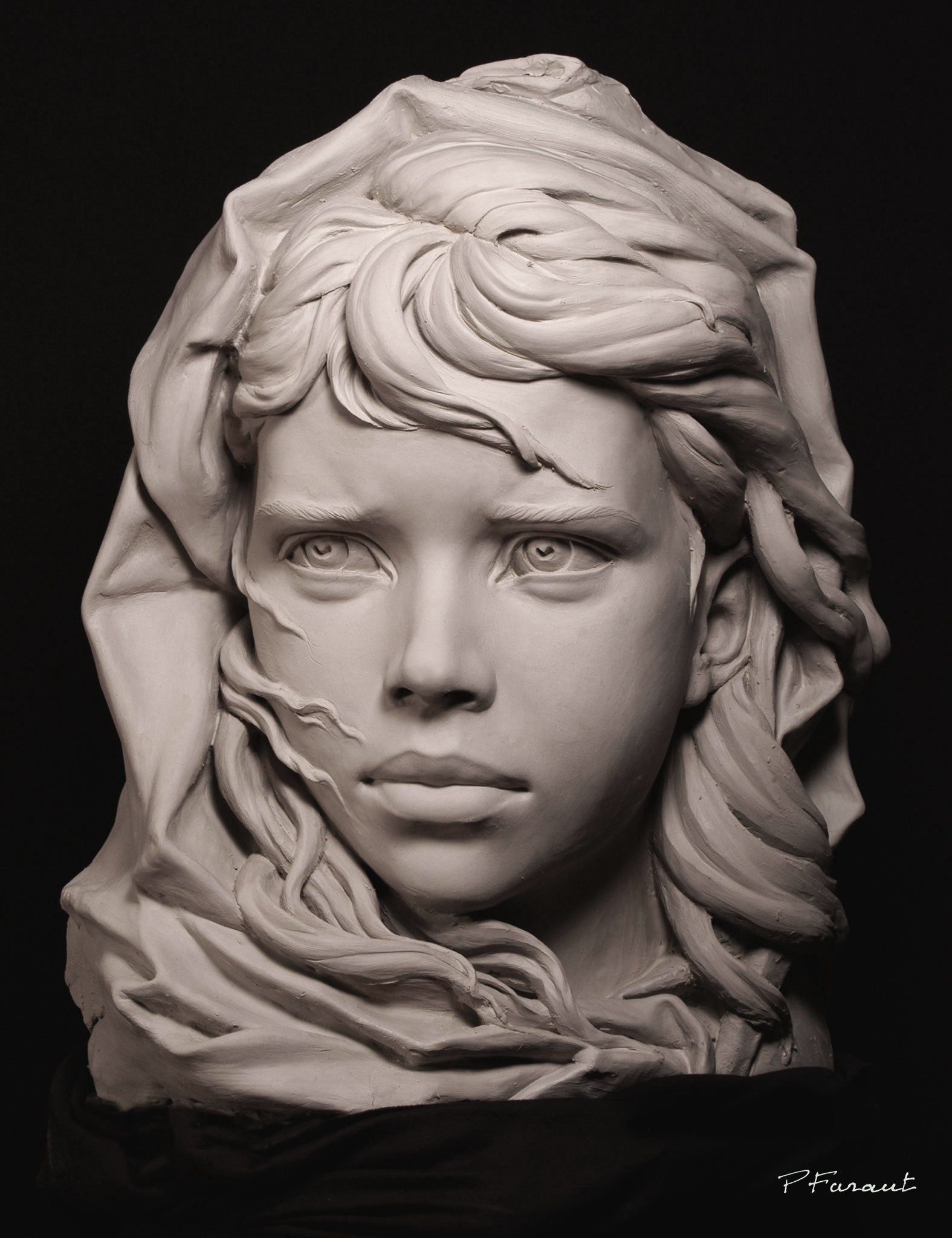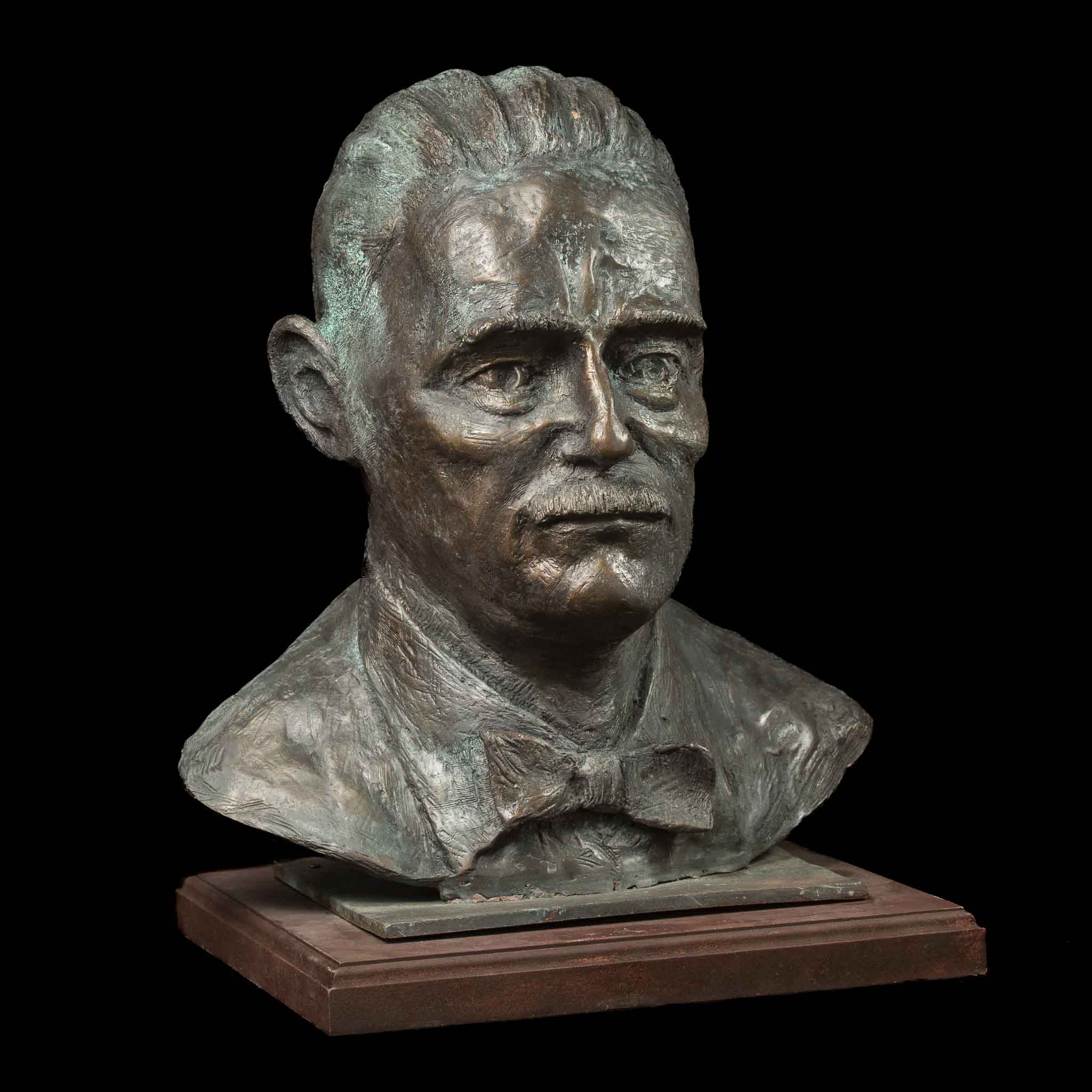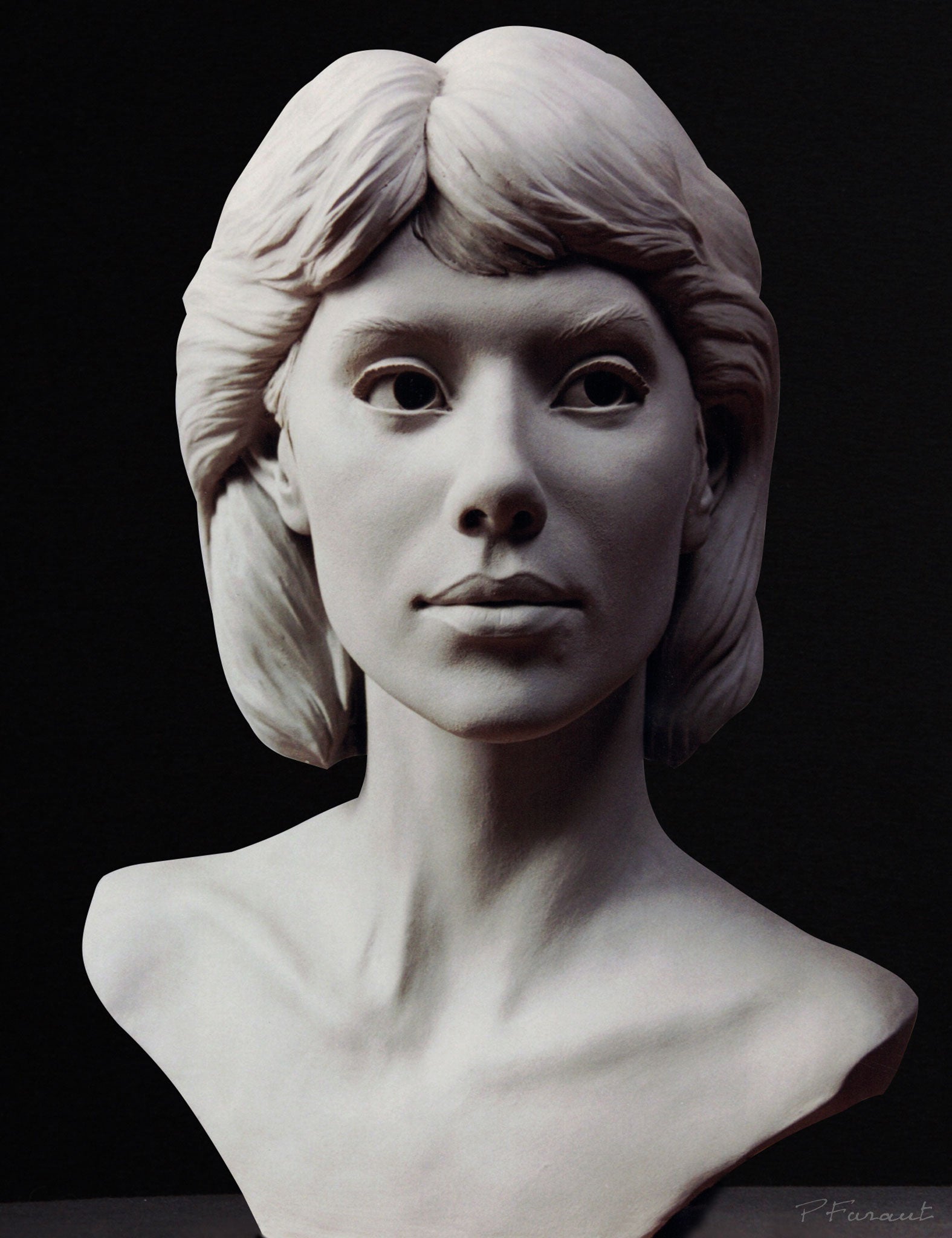Exploring Different Materials in Sculpture Art
Sculpture art has actually long been a captivating and revered form of imaginative expression. From old rock sculptures to modern multimedias productions, musicians have actually constantly checked out the endless possibilities of different products. This expedition not just pushes the limits of creative thinking but also includes deepness and dimension to the art work. In this post, we will explore the remarkable globe of checking out different materials in sculpture art. We will certainly find the ageless charm of stone sculptures, the detailed craftsmanship of metal work of arts, the pliability of clay developments, the unique use mixed media, and the makeover of ordinary things right into remarkable masterpieces. Join us as we get started on a journey with the exciting and diverse realm of sculpture art.
Rock Sculptures: Ancient and Ageless
Rock sculptures have long been appreciated for their enduring elegance and timeless charm. Going back thousands of years, rock sculptures have actually been a popular type of imaginative expression across countless cultures and worlds. From the ancient Egyptians and Greeks to the Mayans and Chinese, musicians have used stone as a tool to create stunning masterpieces that have actually stood the test of time.
One of the crucial factors for the lasting popularity of rock sculptures is the toughness of the material itself. Unlike other mediums that might deteriorate in time, stone has verified to be able and resilient to endure the aspects. This longevity has actually enabled rock sculptures to make it through for centuries, offering as a testimony to the workmanship and ability of the musicians that developed them.
In addition, stone sculptures possess a sense of permanence and strength that is unmatched by other products. The weight and appearance of rock offer sculptures a feeling of presence and substance, making them a centerpiece in any space they inhabit. Whether displayed in museums, yards, or public rooms, rock sculptures command interest and evoke a sense of eternity.
In addition, the all-natural elegance of rock includes in its appeal as a medium for sculptors. The unique shades, patterns, and structures discovered in different types of rock add to the aesthetic appeal and creative expression of the sculptures. From the smooth sophistication of marble to the sturdy beauty of granite, each sort of stone provides its own distinctive visual high qualities, enabling artists to develop genuinely one-of-a-kind items.
Steel Masterpieces: From Iron to Bronze
Continuing the expedition of materials in sculpture art, the transition from stone to steel brings forth a brand-new realm of creativity and craftsmanship. Steel sculptures have a lengthy and abundant history, dating back to old worlds. From iron to bronze, musicians have utilized the unique homes of these metals to produce masterpieces that inspire and astound.

Bronze, on the various other hand, provides a various set of qualities that artists have actually used to fantastic result. Its malleability and capacity to hold fine information make it an optimal material for shaping intricate and fragile forms. Bronze sculptures typically radiate a feeling of beauty and poise, with their refined patinas and smooth surfaces.


Clay Creations: Versatile and malleable
Clay sculptures, with their flexible and malleable nature, deal musicians a variety of creative opportunities worldwide of sculpture art. Clay, a natural material made up of minerals and water, has been used by musicians for centuries to produce expressive and intricate sculptures.

One of the essential advantages of working with clay is its capacity to be built and shaped easily. Artists can control the clay utilizing their tools or hands, allowing for the development of elaborate details and textures. This pliability offers musicians the liberty to experiment and discover various kinds and styles.
An additional benefit of clay is its adaptability in terms of firing strategies. Low-fired clay produces a porous and delicate surface, while high-fired clay creates a sturdy and smooth finish.
Additionally, clay uses musicians the possibility to work in both subtractive and additive techniques. They can develop up layers of clay to develop a sculpture from scrape, or they can carve away excess clay to reveal the preferred type.
Clay sculptures can be completed with different techniques, such as glazing, painting, or adding other materials like steels or wood. This additional improves the creative opportunities and enables the creation of distinct and visually striking pieces.
Finally, the pliability and convenience of clay make it an optimal medium for artists to explore their imagination in sculpture art. Its capability to be formed, terminated, and completed in different methods opens up a world of opportunities, permitting musicians to bring their visions to life via the meaningful and tactile nature of clay sculptures.
Mixed Media Magic: Unconventional Materials in Sculpture
With an expanding passion in pressing the borders of standard sculpture, musicians have begun to embrace combined media as a way of including unique materials right into their artistic productions. By incorporating different materials, musicians can develop visually striking and vibrant sculptures that test the audience's perception of what sculpture can be.
Mixed media sculptures often include a combination of products such as wood, steel, material, found things, and even natural materials like plants or pet parts. These unconventional products add deepness, structure, and meaning to the art work, allowing musicians to explore brand-new concepts and concepts.
One example of multimedias sculpture is the work of musician Louise Nevelson - Portrait Sculptor. She is recognized for her assemblages made from found things and discarded products. Her sculptures, frequently repainted in single colors, develop elaborate and abstract compositions that stimulate a feeling of mystery and importance
Another musician that utilizes combined media in sculpture is Ron Mueck. He produces hyper-realistic sculptures by combining products such as silicone, fiberglass, and human hair. Mueck's sculptures challenge our assumption of range and reality, as he usually produces larger-than-life or small numbers that show up exceptionally realistic.
Multimedias sculpture permits musicians to experiment with non-traditional products, increasing the possibilities of what sculpture can be. Contemporary Sculptures. By integrating various products, musicians can create distinct and thought-provoking art work that astound and engage audiences in new and unforeseen methods
Found Things Art: Changing the Ordinary Into Phenomenal
Found things art is a transformative method that boosts day-to-day things right into phenomenal sculptures. This imaginative approach involves making use of random, disposed of objects that are repurposed and given new life. By incorporating these found objects into their work, artists test traditional ideas of what comprises art and develop look what i found provocative items that engage viewers in unique ways.
The beauty of located things art exists in its capability to transform the common into something remarkable. Artists choose thrown out products such as old tools, household things, or also natural products like branches and rocks, and utilize them as the foundation for their sculptures (Contemporary Sculptures). Via careful plan, adjustment, and sometimes even change, these things are transformed into fascinating masterpieces that welcome audiences to reevaluate the worth and possibility of everyday items
This art type motivates visitors to examine their preconditioned concepts of beauty and significance. By providing familiar things in strange contexts, found object art challenges us to see the world in exciting and new ways. It encourages us to look beyond the surface and discover covert narratives and connections within the items themselves.
Final Thought
In conclusion, checking out various products in sculpture art allows musicians to express their imagination and bring their visions to life. Mixed media magic and found item art obstacle traditional concepts of sculpture, transforming normal products into remarkable jobs of art.
From old rock sculptures to modern mixed media creations, artists have constantly discovered the endless possibilities of different materials. Clay sculptures, with their flexible and flexible nature, deal musicians a wide array of creative possibilities in the globe of sculpture art. Clay, an all-natural product made up of minerals and water, has actually been made use of by musicians for centuries to develop intricate and expressive sculptures.
In final thought, the pliability and convenience of clay make it a perfect medium for artists to explore their creativity in sculpture art.In verdict, discovering various products in sculpture art enables artists to reveal their creativity and bring their visions to life.